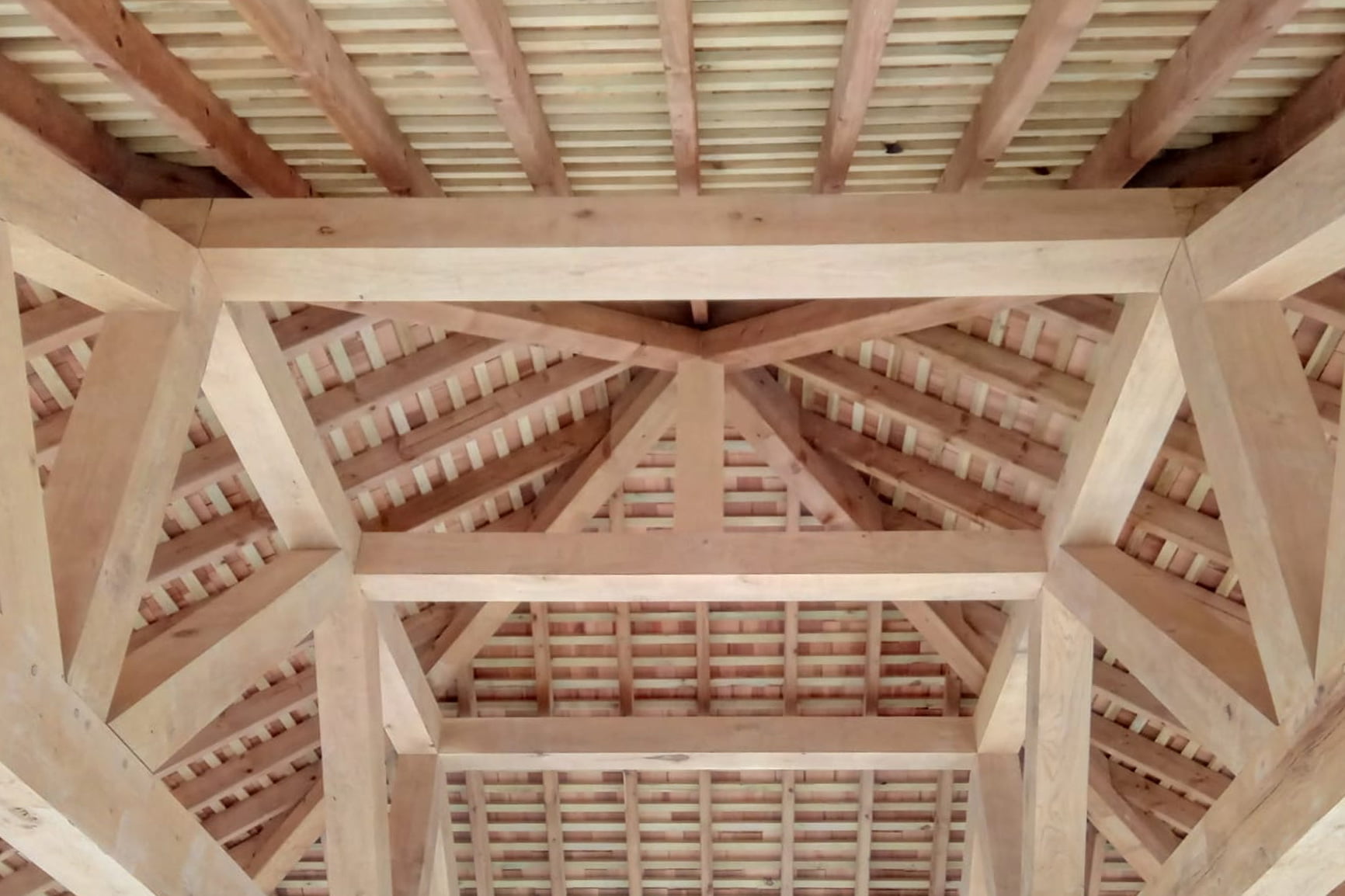
Hidden in plain sight: Embodied carbon in buildings and what architects can do to reduce it
Emissions from embodied carbon are increasingly being recognised as a key element in the overall carbon footprint of the built environment. With buildings and construction currently responsible for 38% of global carbon emission, the UN’s annual COP26 climate conference has for the very first time dedicated an entire day to the impact of the built environment.
The focus has predominantly been on reducing the “operational” carbon which refers to the carbon emissions of a building that is already in use. Renewable energy, energy-efficient lighting and improved insulation are well-known measures to reduce the operational carbon footprint of buildings.
The other type of carbon emissions from buildings is the “embodied” carbon. This refers to the amount of carbon emitted during the making of a building, from sourcing raw materials, to transport and wastage in the building phase. Specifying suppliers who use sustainable materials and manufacture in the UK goes a long way in reducing the embodied carbon footprint of buildings.
Recognising the difference between operational and embodied carbon and the need for different strategies to address their impact is an important step in reducing the carbon footprint of the built environment. Whilst operational carbon currently accounts for nearly 30% of global carbon emissions and embodied carbon only for 11%, by the year 2050 embodied and operational carbon emission levels will be the same due to the estimated increase in construction.
It is also important to remember that, unlike operational carbon emissions, the embodied carbon cannot be improved or reversed. Once the embodied carbon emissions have been released the window for improvement has closed. In contrast, operational carbon emissions can be improved at any stage during a building’s lifetime, for example through energy efficiency measures.
Going beyond the already ambitious goal of “net zero” by 2050, the government recently announced more aggressive climate targets that could see the UK cut carbon emissions by 78% by 2035 (from 1990 levels). But it remains to be seen how this can be achieved for the building sector just by making new homes more energy-efficient and retrofitting existing ones with zero carbon heating systems.
Aiming for “net zero” should begin at the design and planning stage:
- Identifying all opportunities to use less and maximise re-use of building material
- Using products made from sustainably sourced materials
- Planning ahead to minimise wastage during construction
- Choosing UK manufacturing for a reduced carbon footprint
It is clear that only by taking into account the entire lifecycle, to include embodied and operational carbon, informed decisions about building design, construction and operation can be made which will enable the much needed “circular economy” within the built environment.
Architects can make a big impact on managing embodied carbon with the following steps:
Reuse buildings and building parts
Admittedly this is not always an option but renovation and reuse can save up to 75% of the embodied carbon emissions compared to constructing a new building, especially if the carbon-dense foundations or structure can be preserved. But any salvaged materials will help: Brick, metal and wood can all be reclaimed and put to good use in the new building.
Choose sustainable materials
Sustainable projects often require a re-assessment of common material choices. But material considerations are of course not limited to the building itself but extend to the landscaping: We use FSC® certified timber from sustainably managed forests in many of our seating and other street furniture products. Another option are recycled or reclaimed materials which help to reduce embodied carbon. For outdoor areas, recycled plastic street furniture makes a perfect choice.
Minimise waste
This requires collaboration between all parties involved from suppliers to contractors but reducing waste and improved waste management has a great impact.
Design buildings with the entire life cycle in mind
How far have building materials and products travelled?
Local and UK-made should be highly ranking criteria when it comes to supplier specification. This obviously applies to landscape design too. Needless to say, we manufacture the majority of our street furniture in our UK workshops so all products are of solid, lasting quality and have a much reduced impact on embodied carbon compared to imports.
Resources:
Circular Ecology offer Embodied Carbon resources
World Green Building Council: “Bringing Embodied Carbon Upfront” / Report
Building Transparency provide an “Embodied Carbon in Construction Calculator” (EC3)
